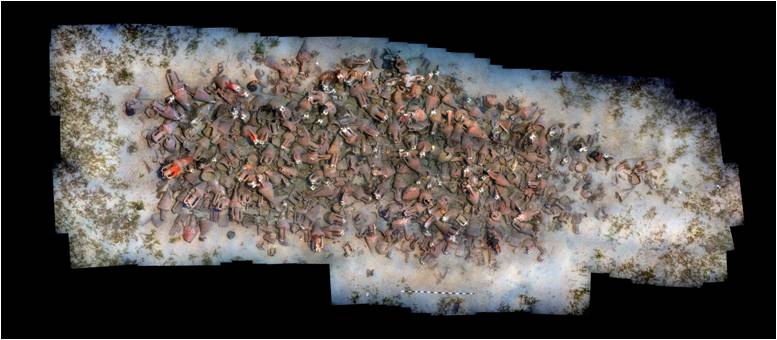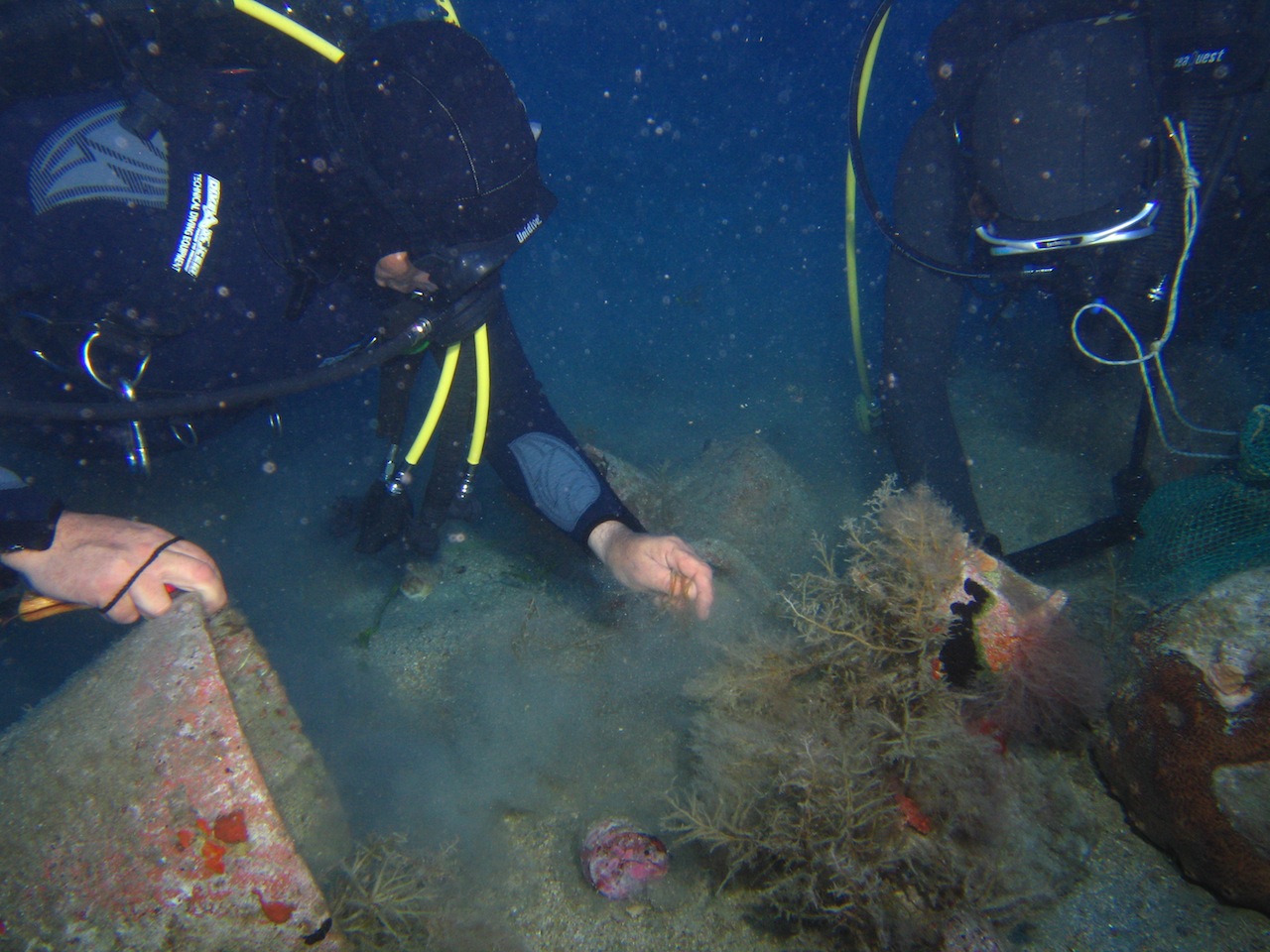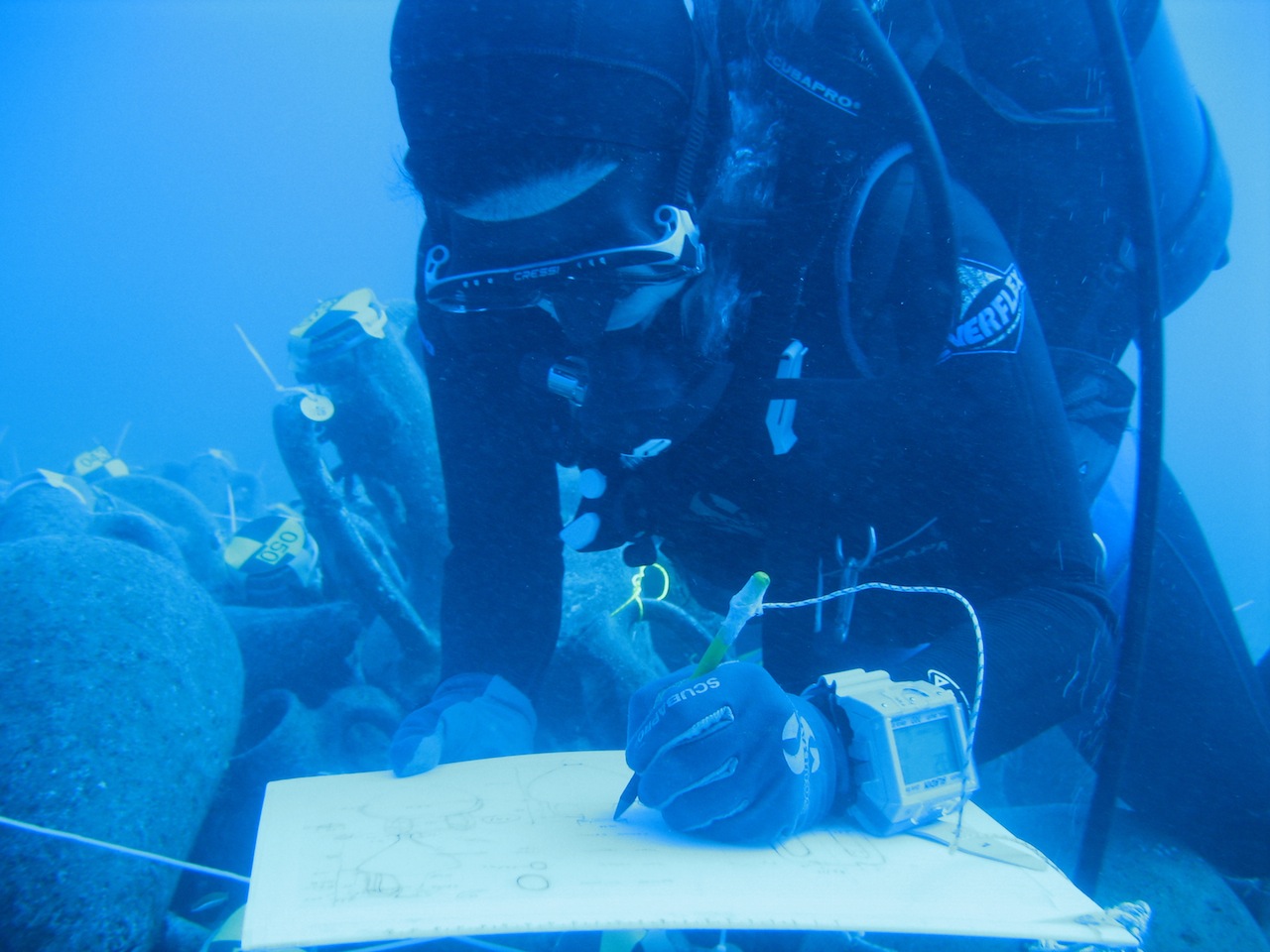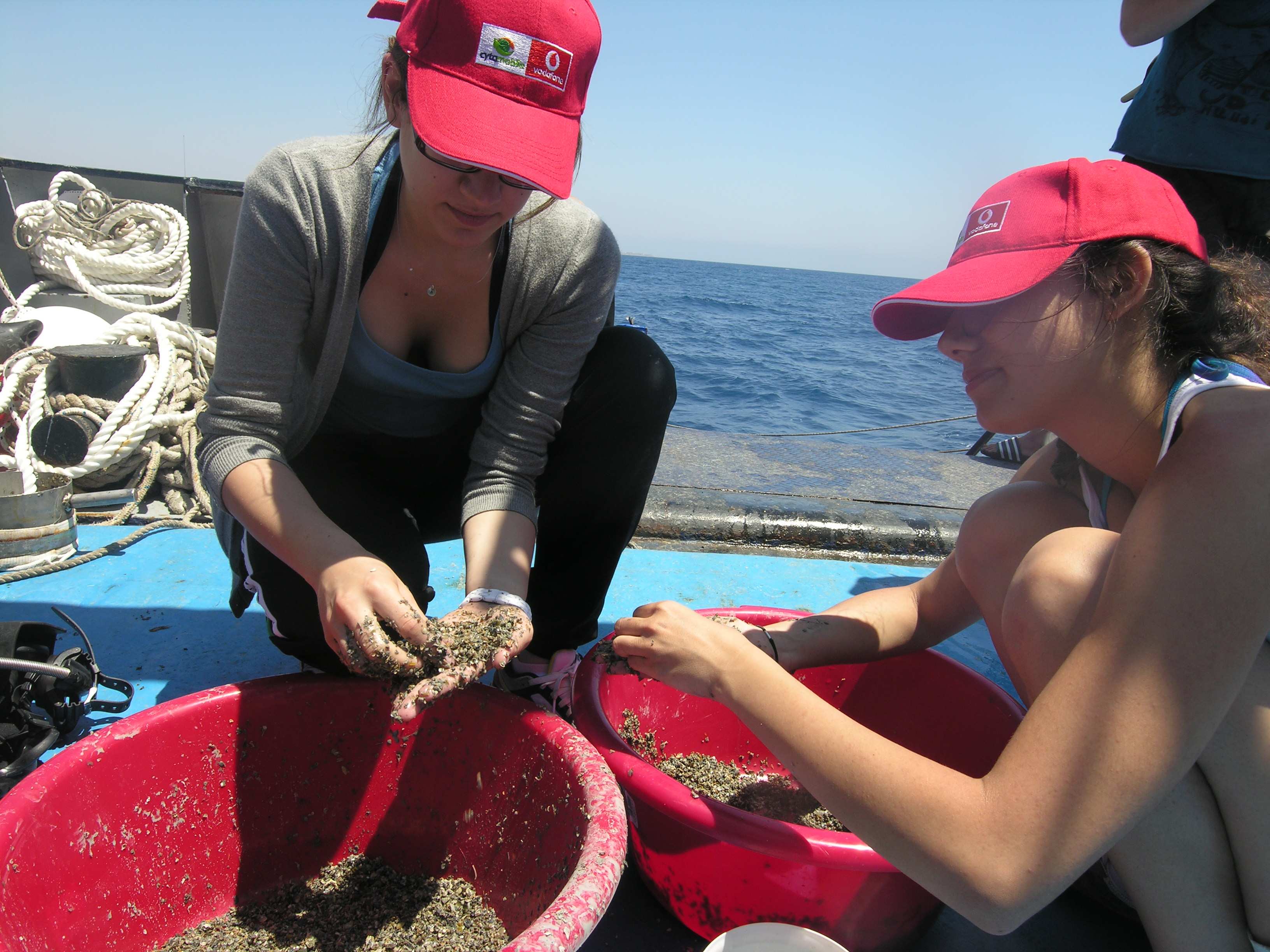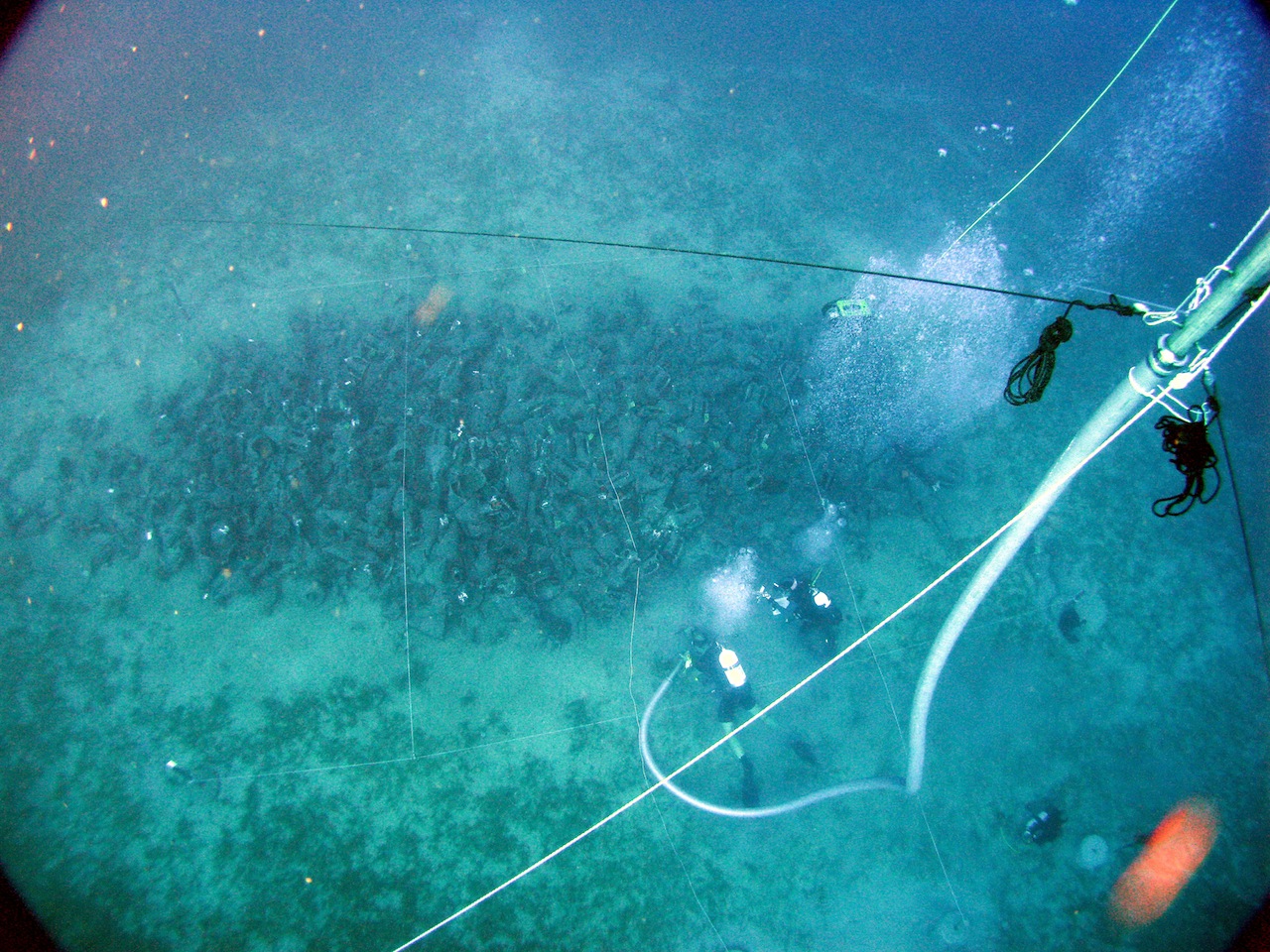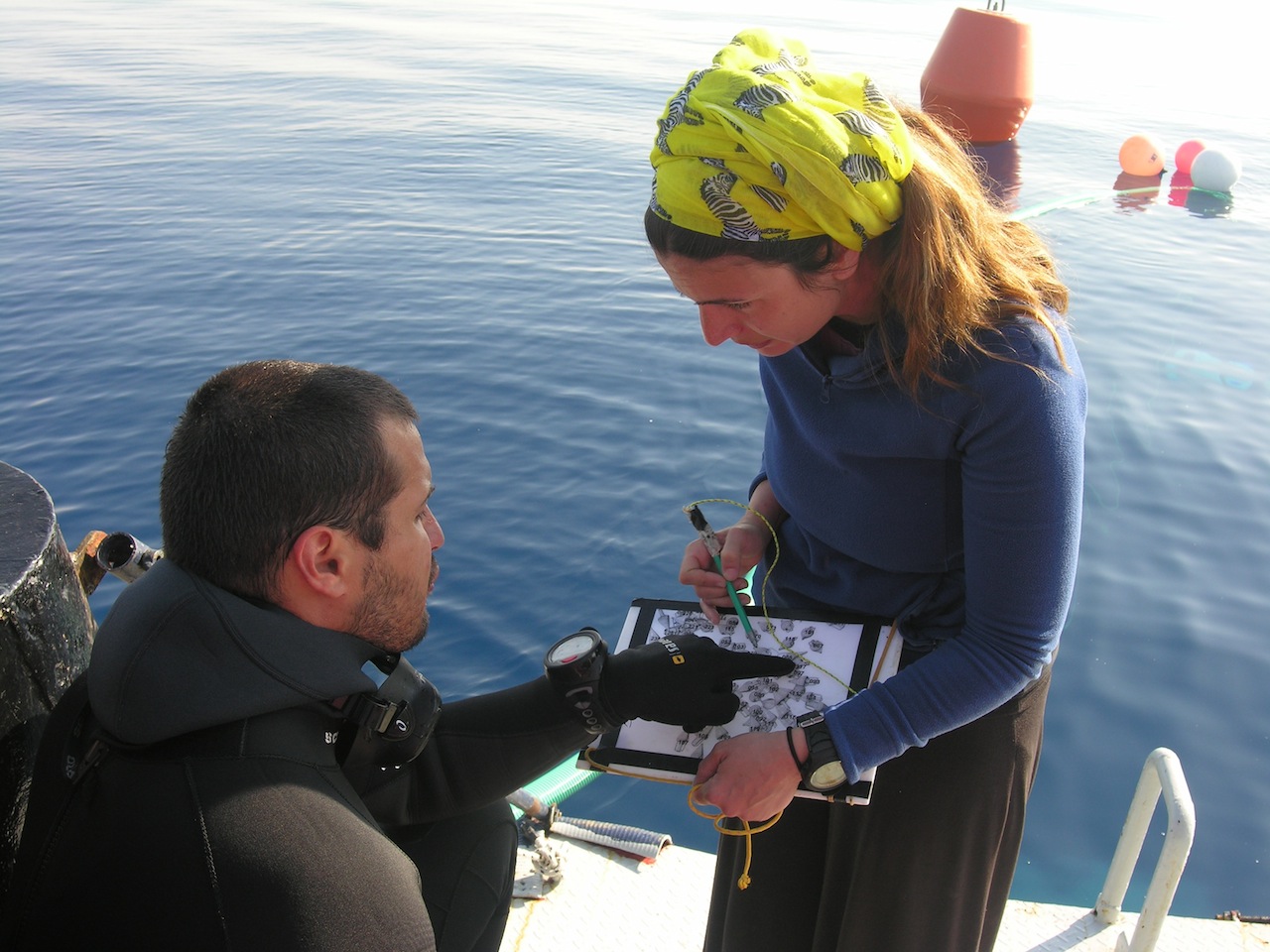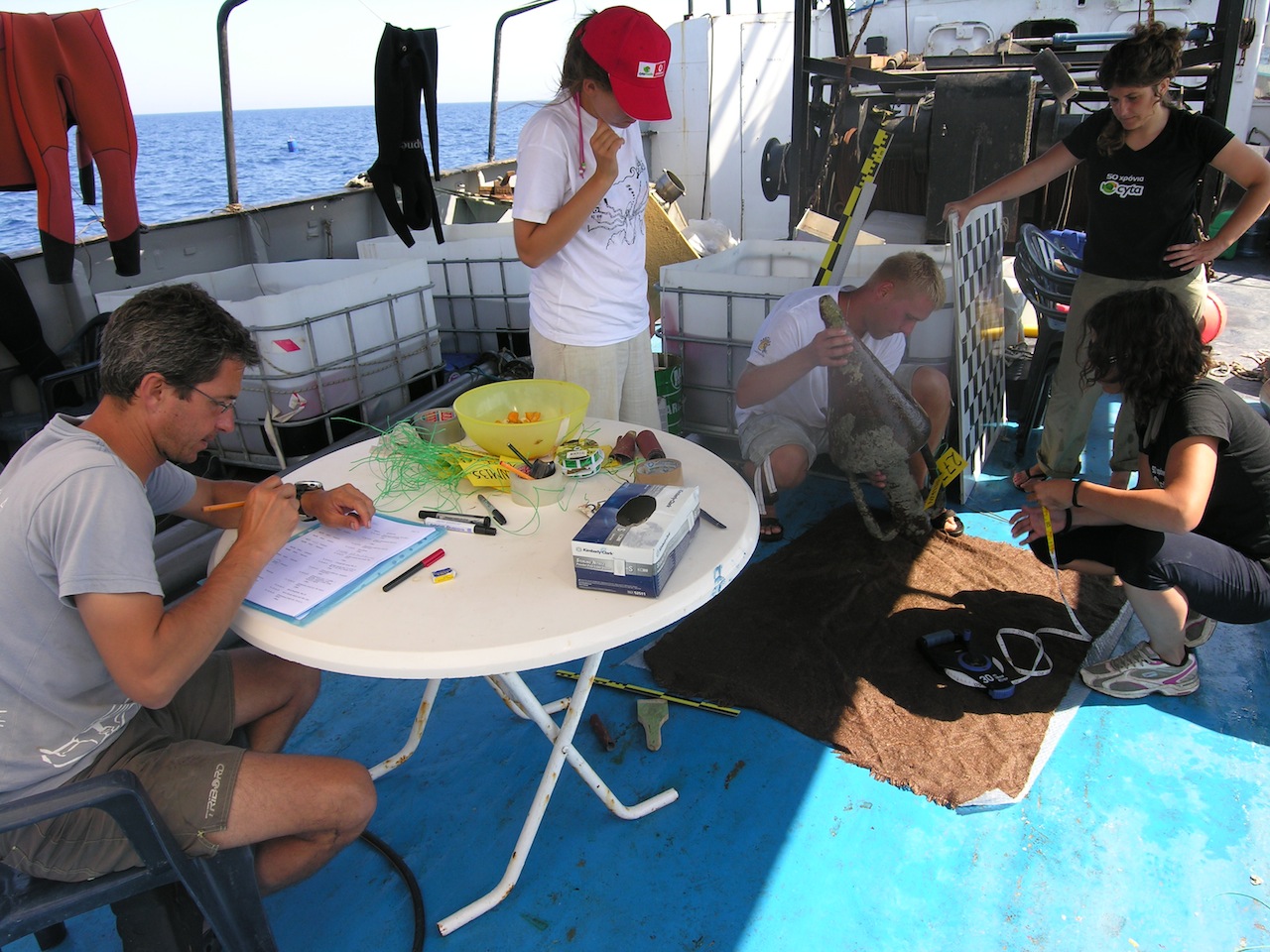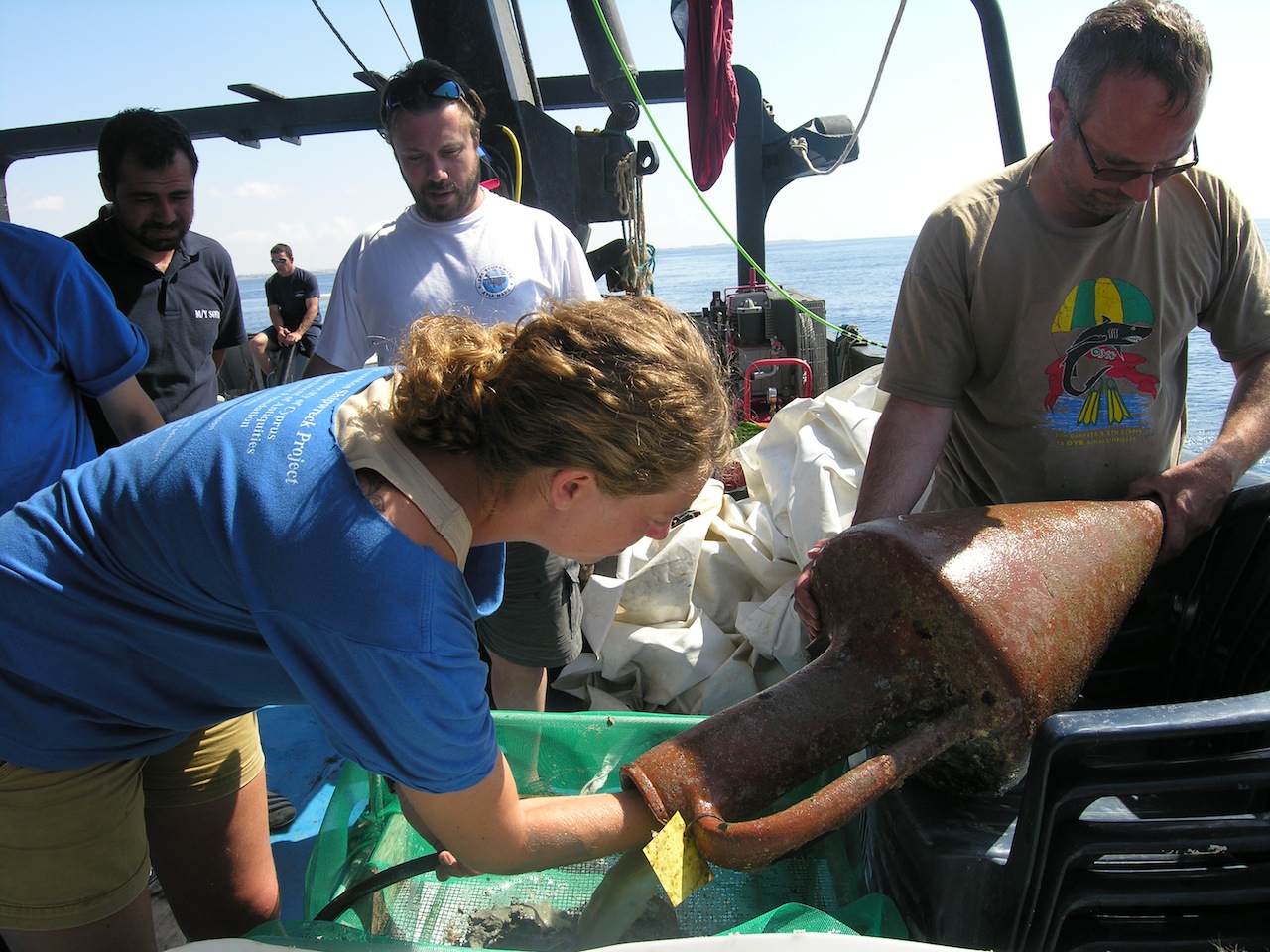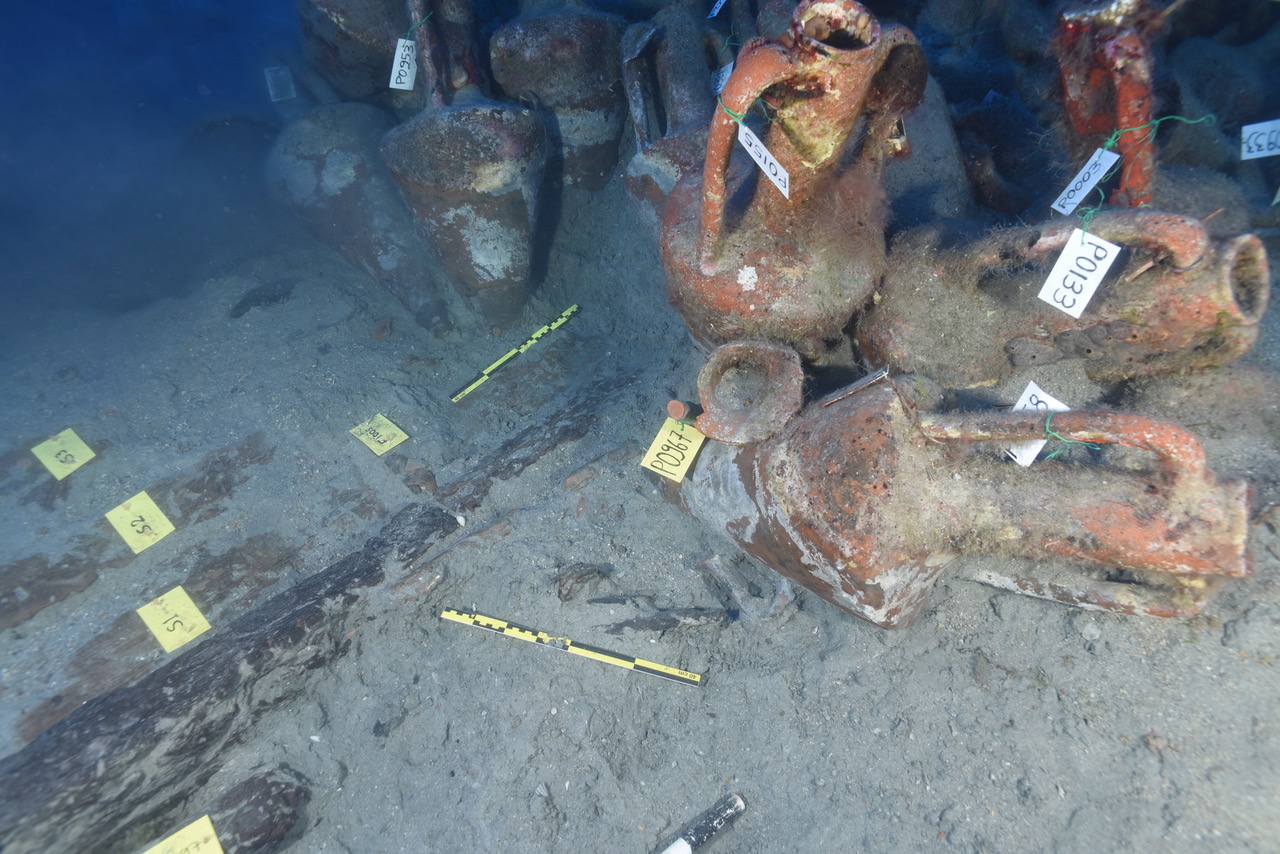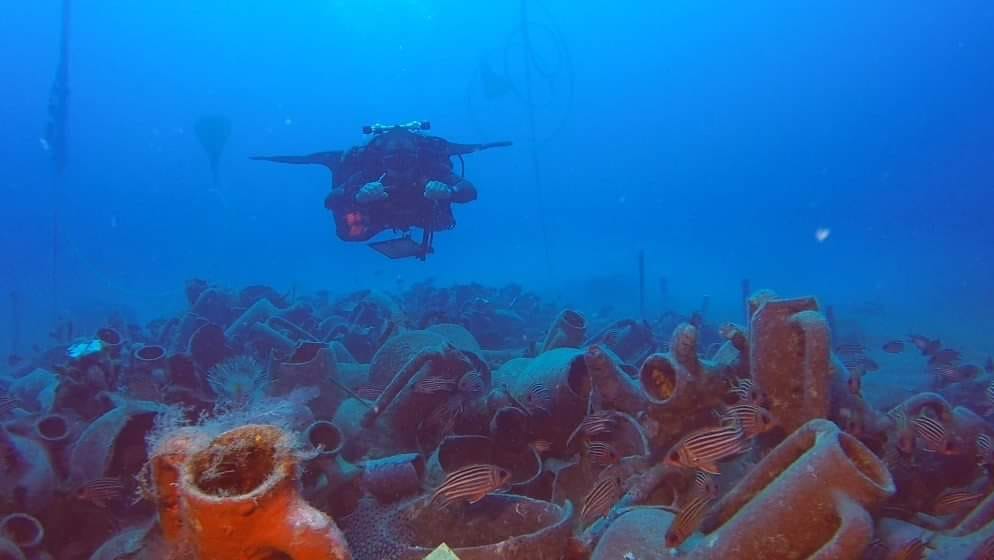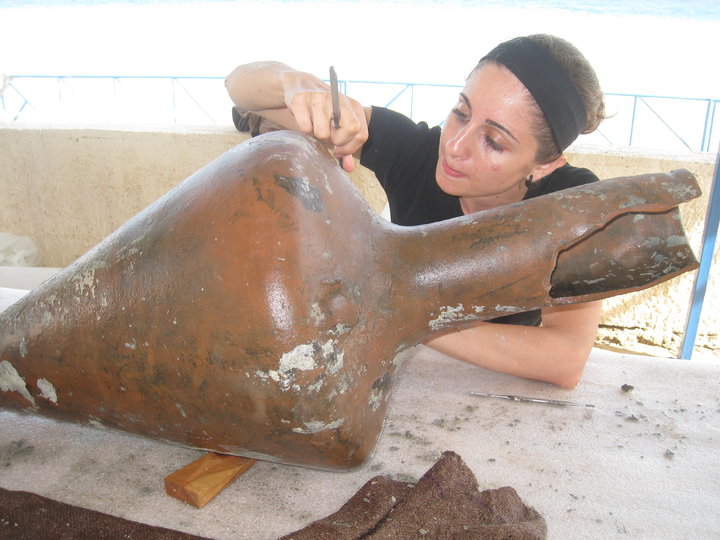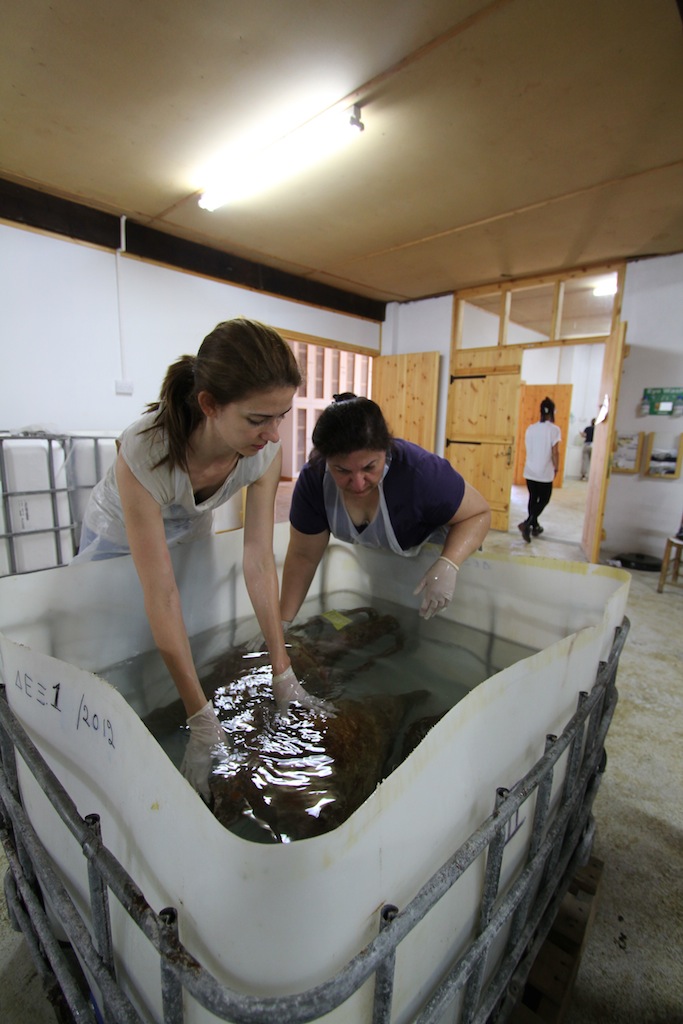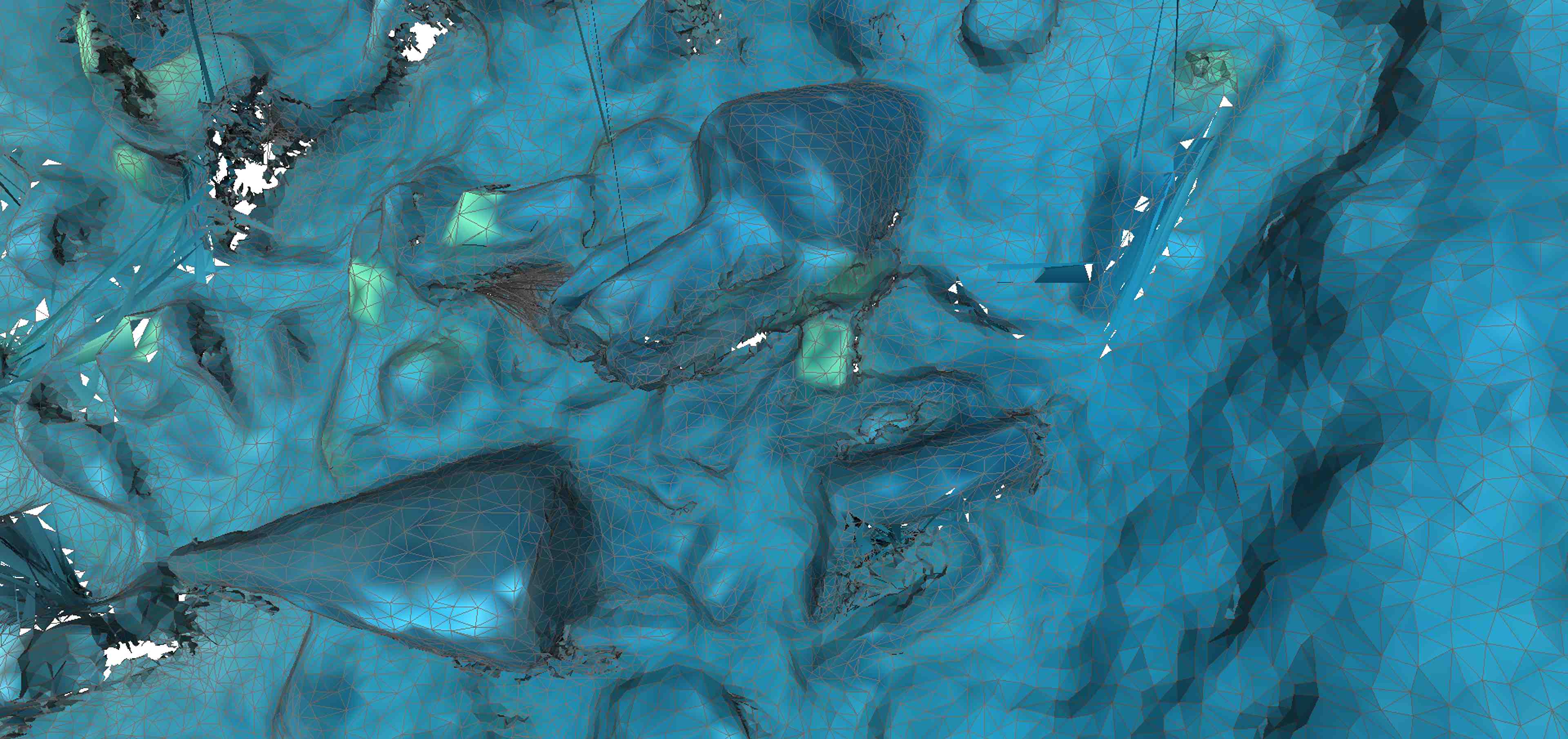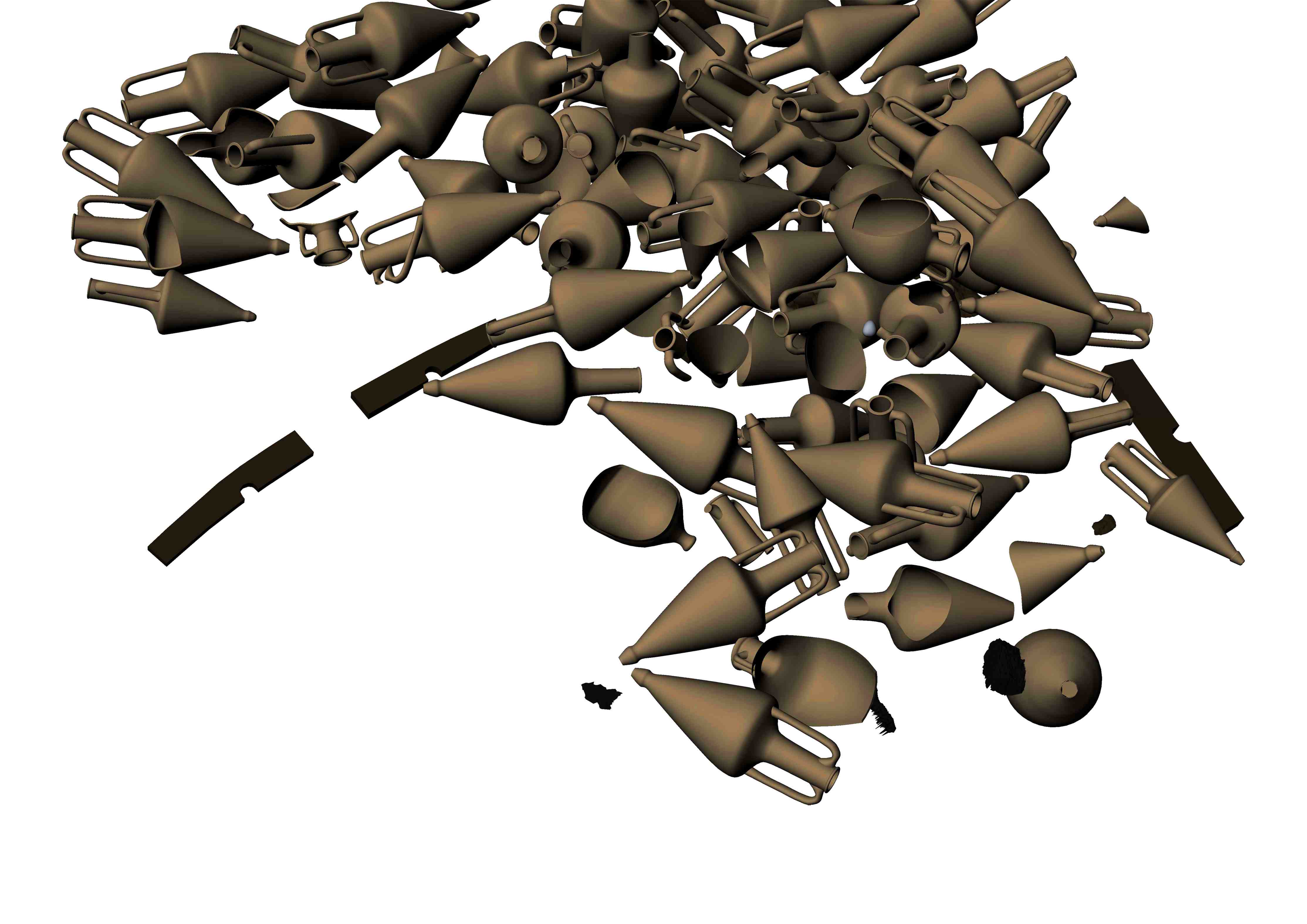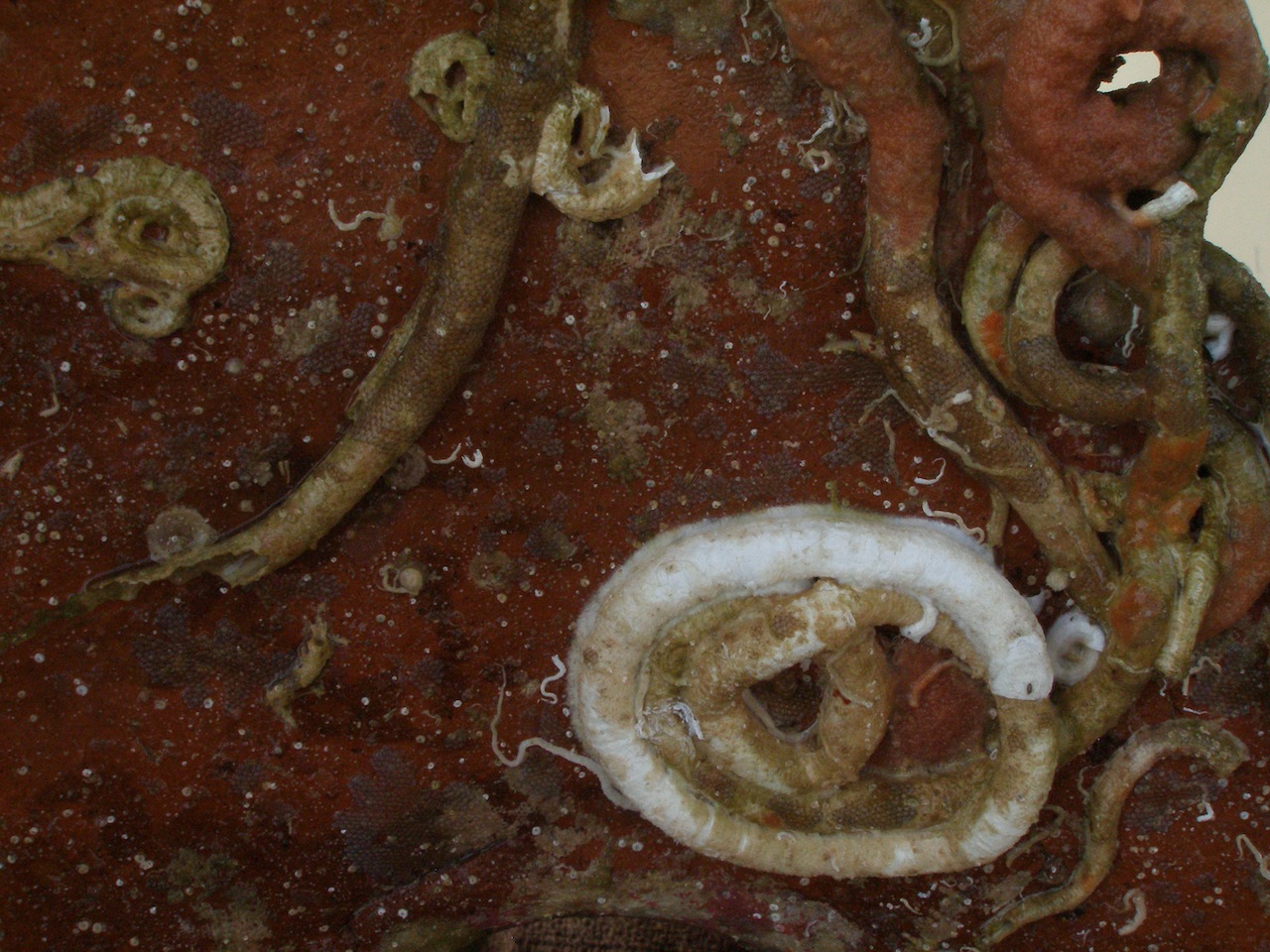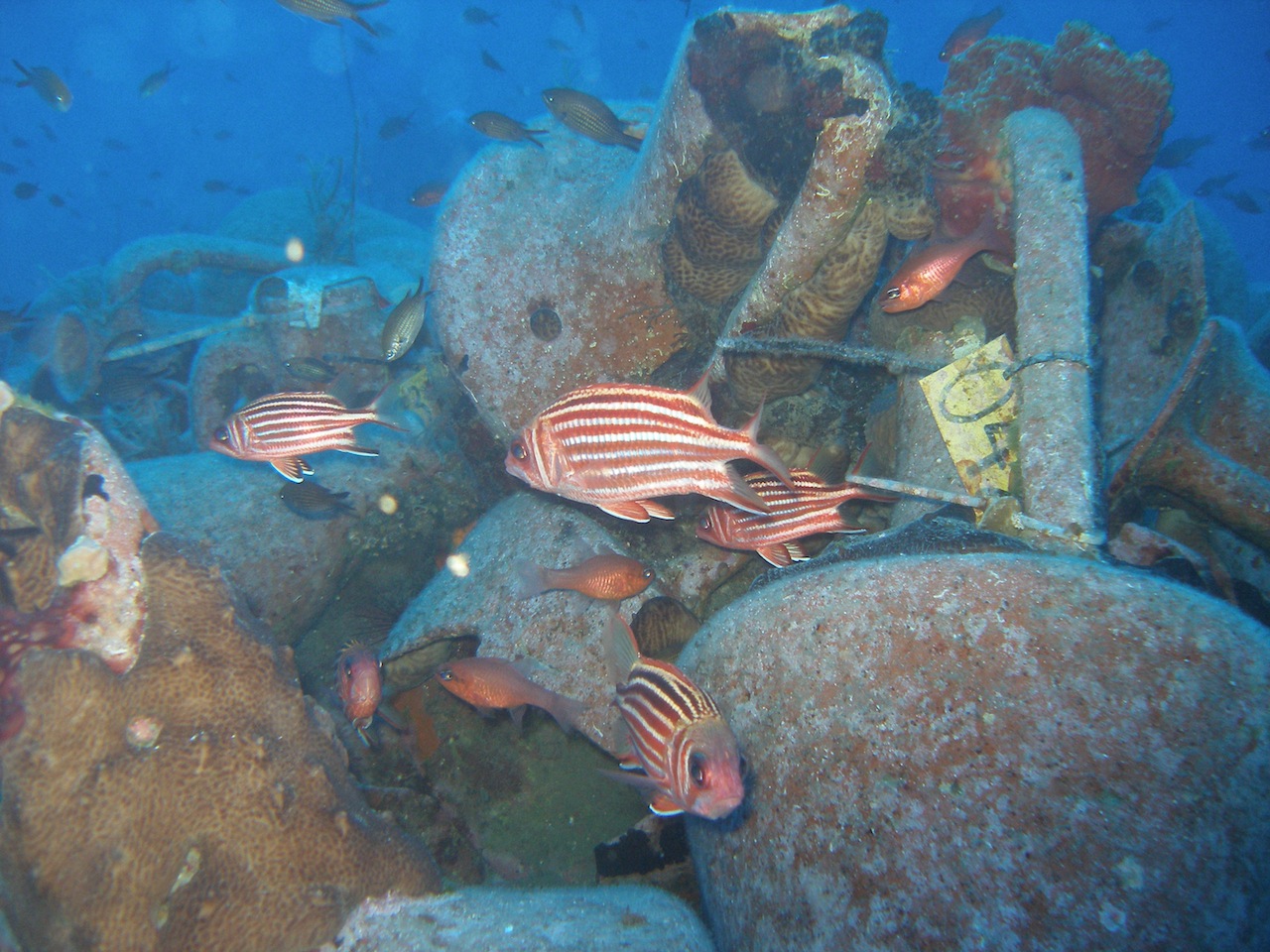It is a shipwreck of a commercial ship dated to the late classical period. It was located in the sea area of Mazotos, at 45 metres below sea level. It is the first shipwreck of that period located in the South East Mediterranean carrying Chian amphorae, at a depth where divers can work. This is of noteworthy scientific significance as its research could shed light on issues concerning the sea routes and trade relations between the peoples of the Aegean and the S.E Mediterranean during this period.
Research at the Mazotos Shipwreck began in 2007. It is conducted by the Archaeological Research Unit (ARU) of the University of Cyprus, under the direction of Dr Stella Demesticha, in collaboration with THETIS Foundation and the Department of Antiquities of Cyprus. This is the first underwater archaeological research conducted by Cypriot institutions, thus establishing the foundations for the development of maritime archaeology on the island.
|
The surface survey
Four surface surveys were conducted during 2007-2009, for the purpose of detailed mapping of the surface finds of the shipwreck and its initial evaluation. Those first surveys revealed that the site comprises an assemblage of approximately 500-800 visible amphorae (most of them from Chios), stretching over an area of 16 x 6 metres at a sandy, almost flat seabed.
|
|
|
Of particular interest was the degree of preservation of the amphorae on the seabed: in the centre of the site at least four layers of amphorae seem to have preserved their initial stowage position. The high level of its preservation classifies the site among the rare cases of shipwrecks in the Mediterranean where the internal stratigraphy of an ancient ship can be studied in detail, as well as the various phases of the development of the surrounding environment.
|
|
|||
|
|
|
|
Conservation
Since 2010 the Department of Antiquities undertook the conservation of the finds of the Mazotos Shipwreck, a vital aspect of the project which requires specialised personnel. For that reason the Laboratory for the Conservation of Maritime Antiquities was created, where all the finds of the Mazotos Shipwreck excavation are being kept and conserved.
|
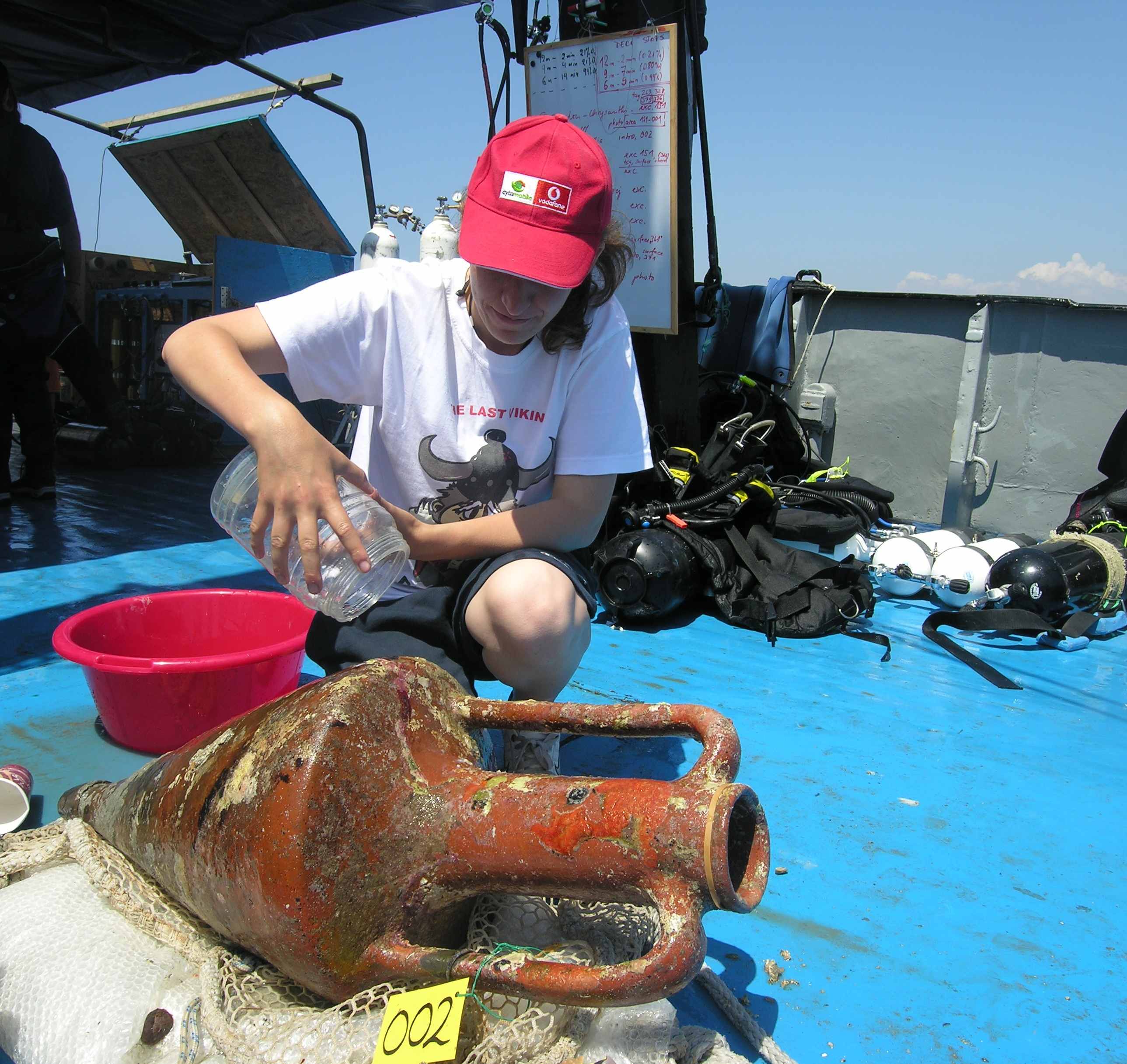 |
|||||
|
The finds are gradually being desalinated with the method of immersion and their surface is being cleaned mechanically. Following their drying, stabilization may be required. The methods applied each time depend on the nature of the materials and the state of their preservation.
|
|
|
Documentation
The Department of Civil Engineering and Geomatics at the Cyprus University of Technology (CUT), under the direction of Dr Demetris Skarlatos, is responsible for the mapping of the whole site, as well as the daily mapping of the trench. To this end and in order to tackle with the particular conditions existing in the underwater environment and the ensuing obstacles during the documentation procedure (limited light and time on the site), the photogrammetry method is used as a rapid means to obtain measurements with surveying accuracy in the scale of 1 – 2 centimetres.
|
 |
|||
|
CUT research aims to develop a methodology and software which will allow the automated processing of the data that is collected during the photography of underwater sites.
|
|
|
Study of the marine environment
The scientific team of the non-governmental organization Enalia Phisis has undertaken the documentation and the study of the biodiversity of the shipwreck which is of particular significance since the site has acted as an artificial reef which attracts marine life. |
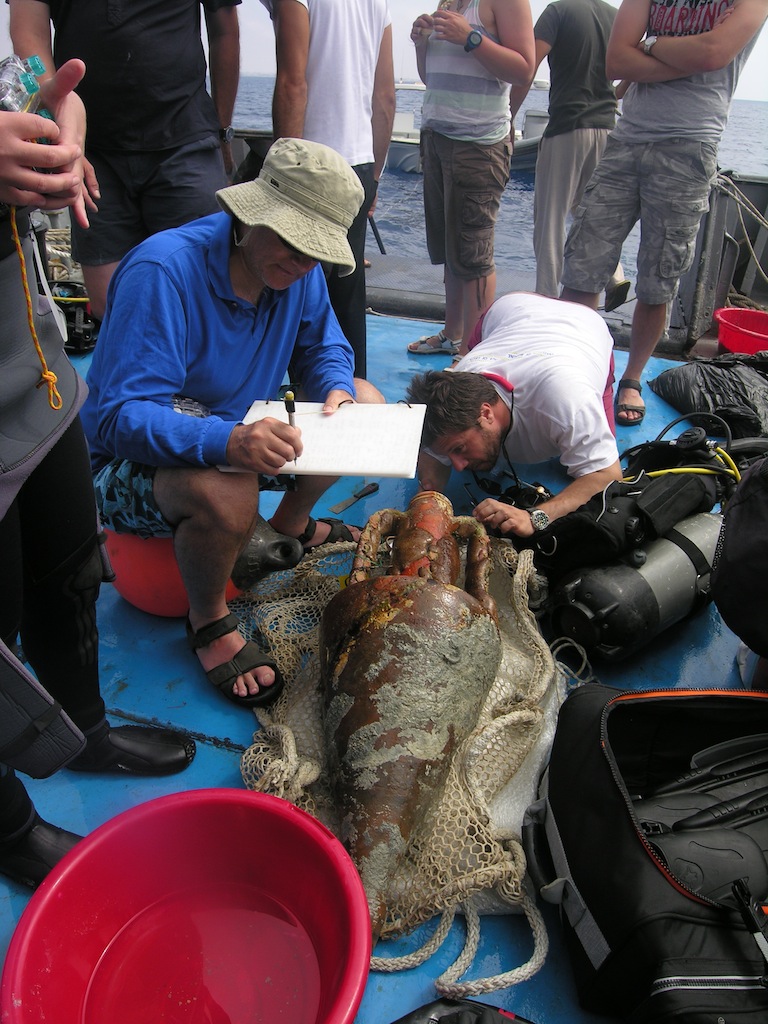 |
|
|
Study of the formation process of ancient shipwreck sites
The study, which is undertaken by Dr. Chryssanthi Papadopoulou (postdoctoral fellow, Leventis Fellow, British School at Athens), focuses on the identification and study of the natural and cultural processes of the shipwreck site formation process, incorporating different disciplines (archaeology, topography, oceanography and marine biology).
|
 |
 |
Collaborations


